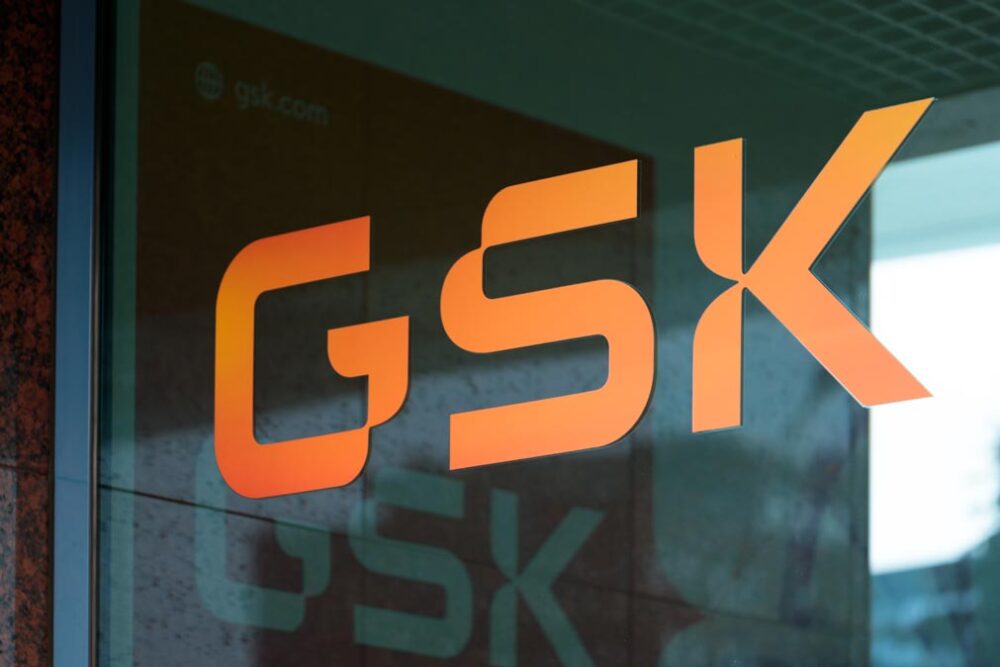Advertisment
GSK showcases advances in chronic Hepatitis B and Cholestatic Pruritus research at AASLD liver meeting 2024

GSK plc (will present 12 abstracts at the American Association for the Study of Liver Diseases’ (AASLD) The Liver Meeting® 2024, taking place in San Diego, CA from 15-19 November, highlighting data from two novel investigational specialty medicines: bepirovirsen, an antisense oligonucleotide (ASO) for chronic hepatitis B (CHB), and linerixibat, an ileal bile acid transporter (IBAT) inhibitor for cholestatic pruritus in primary biliary cholangitis (PBC). Additionally, data on HSD17B13, a genetic target for steatotic liver disease (SLD) therapy, will be presented.
Chris Corsico, SVP, Development, GSK, said: “The data being presented at The Liver Meeting® 2024 reflect our commitment to understanding the patient experience and addressing critical unmet needs in liver disease. We hope to offer new insights into treatment regimens and enhance therapeutic strategies to improve outcomes in patients living with serious liver conditions such as chronic hepatitis B, primary biliary cholangitis, and steatotic liver disease.”
Advancing bepirovirsen as a foundational treatment for CHB;
Key data will be presented from pharmacokinetic (PK)/pharmacodynamic (PD) model-based simulations of daplusiran/tomligisiran (formerly JNJ-3989/GSK5637608), a sequential small interfering ribonucleic acid (siRNA) treatment dosed in sequence prior to bepirovirsen. Simulation results show that added benefit of sequential daplusiran/tomligisiran followed by bepirovirsen versus bepirovirsen alone plus nucleos(t)ide analogs (NAs), could further increase functional cure rates in CHB. This data informs the B-UNITED trial design investigating sequential daplusiran/tomligisiran and bepirovirsen treatment by predicting added benefit in HBsAg response and supporting phase IIb dose selection.
New data will be presented from the B-CLEAR phase IIb trial evaluating virally supressed patients exploring the association between genotype, disease heterogeneity, and treatment response in trials for hepatitis B virus (HBV) therapies. Insights include a complete determination of hepatitis B virus genotype in all participants with chronic HBV infection on NA therapy. This innovative evaluation of comprehensive data supports efficacy investigation across different genotypes, aiming to better understand clinical outcomes.
Highlighting the impact of cholestatic pruritus in PBC
An analysis from the GLISTEN phase III trial will also be presented, describing the baseline characteristics of patients enrolled, which demonstrate insufficient control of cholestatic pruritus in PBC with current therapies. Additionally, data from the GLIMMER phase IIb trial validates the worst itch numerical rating scale (NRS) and related patient-reported outcomes (PROs), confirming these tools as reliable measures of itch severity, sleep interference, and fatigue in PBC. The validated itch and quality of life tools are endpoints for the GLISTEN trial and allow for the assessment of linerixibat’s efficacy against meaningful measures that reflect patient experience.





